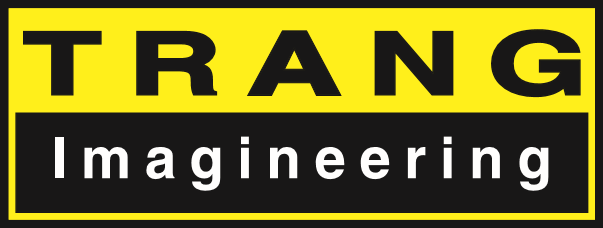What is CAD?
CAD stands for Computer-Aided Design. It is a software technology that allows engineers, architects, and designers to create, modify, analyze, and optimize digital models and designs of objects or systems. CAD software enables users to create precise and detailed two-dimensional (2D) or three-dimensional (3D) representations of their designs.
CAD software provides a wide range of tools and functionalities that simplify the design process and offer numerous advantages over traditional manual drafting methods. Some key features and benefits of CAD include:
Precise and accurate design: CAD software enables users to create highly accurate and precise designs. It allows for the creation of detailed 2D or 3D models with exact dimensions, measurements, and tolerances.
Efficiency and productivity: CAD software significantly improves efficiency and productivity in the design process. It provides tools for creating and modifying designs quickly and easily, eliminating the need for manual erasing, redrawing, or making repetitive calculations.
Visualization and simulation: CAD software allows users to visualize their designs in 3D, providing a better understanding of how the final product will look and function. It also supports simulation and analysis, allowing engineers to assess factors such as stress, fluid flow, heat transfer, and motion.
Design optimization: CAD software offers tools for optimization and analysis, helping engineers identify design flaws, weaknesses, or areas for improvement. This enables them to iterate and refine their designs to achieve optimal performance, functionality, and efficiency.
Collaboration and documentation: CAD software facilitates collaboration among team members by allowing multiple users to work on the same design simultaneously. It also supports the creation of detailed documentation, including engineering drawings, bills of materials, and assembly instructions.
Design reuse and parametric modeling: CAD software allows for the reuse of design elements, enabling designers to quickly create variations or derivatives of existing designs. Parametric modeling capabilities enable the creation of design features that can be easily modified and updated, ensuring design consistency and flexibility.
Integration with other software and manufacturing processes: CAD software often integrates with other engineering software and manufacturing processes. This facilitates seamless data exchange between CAD models and analysis tools, computer-aided manufacturing (CAM) systems, and other software used in the design-to-manufacturing workflow.
CAD software has become an essential tool in various industries, including mechanical engineering, architecture, product design, automotive, aerospace, and many others. It streamlines the design process, enhances productivity, and enables engineers and designers to create complex and innovative designs with accuracy and efficiency.
